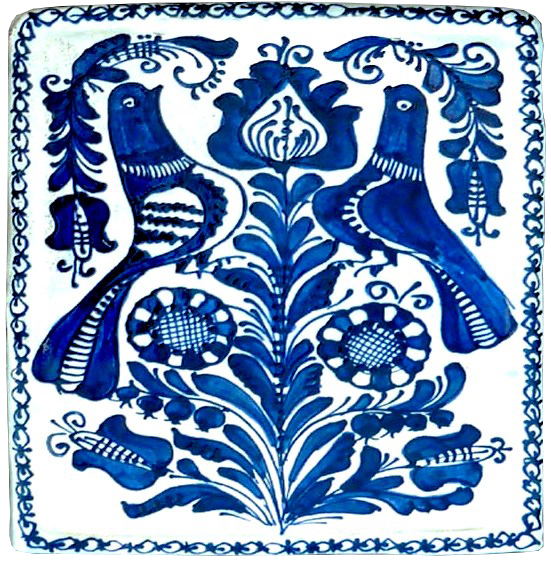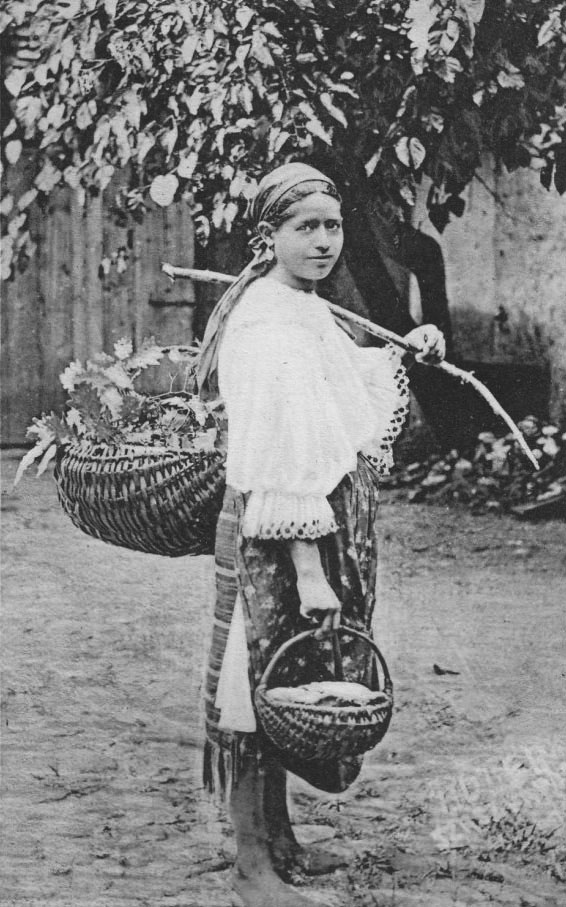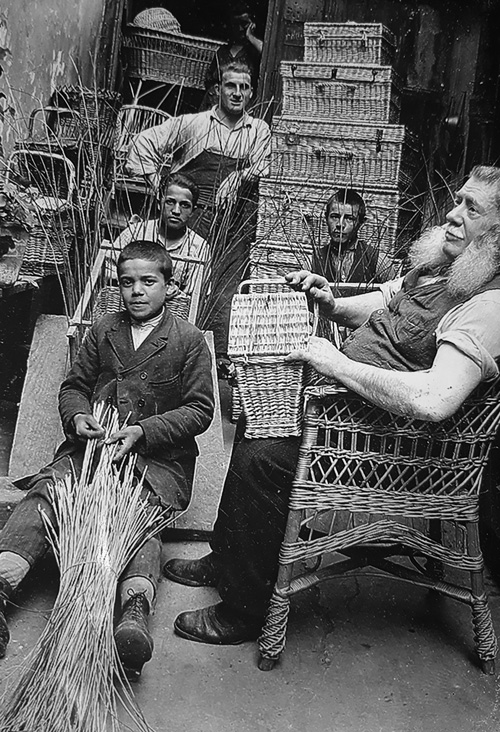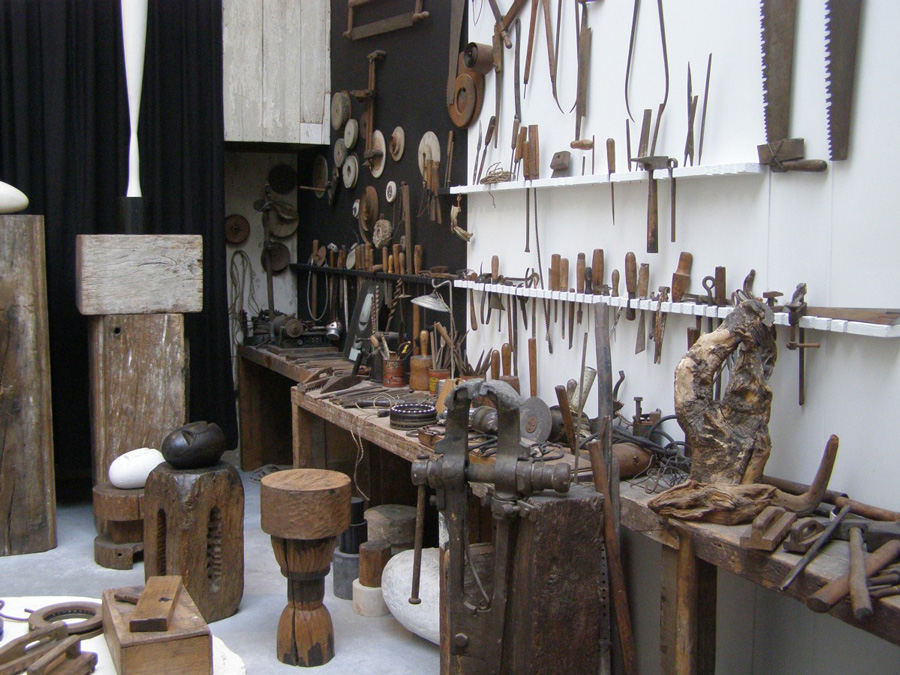Ons ambacht is onze nalatenschap
Meșteșugul nostru este moștenirea noastră
Unser Handwerk ist unser Vermächtnis
A research project by Gerlinde Schuller
Taking the crafts of the Transylvanian Saxons as a starting point, I am investigating the cultural connections between the Netherlands, Germany and Romania.
The community of the Flandrenses, today known as the Transylvanian Saxons, settled in waves in Transylvania from the 12th century onwards. They were recruited from the Meuse Valley, a region that today belongs to the Netherlands, Belgium, Germany, Luxembourg and France.
Therefore, the cultural heritage of the Transylvanian Saxons is based on a fascinating cultural and European mix. These different influences can still be identified today in the costumes, traditions, house construction, household items and language since this community lived very closedly.
In the 1990s, there was a exodus of this ethnic minority to Western Europe. Only a few thousand stayed in Transylvania. The majority returned to their roots, leaving behind most of their tangible and intangible cultural heritage.


My project examines this historical span, which leads from Western Europe to Eastern Europe and back, using different crafts as examples (e.g. basketry, ceramics, embroidery, weaving and wood crafts).
I will show how closed communities have their identity embedded in their crafts and that these identities are often a mixture of centuries-old traditions, migration experiences and assimilation.
The subtopics of my research project are:
–(Cultural) sustainability
–Forgotten crafts
–Closed communities
–Fusion of crafts and art
–The artisans of the future
The research forms the knowledge foundation on which I will develop an exhibition in the longer term.


Roma-girl with baskets, Romania, 1917 and basket weaver Andreas Kravatzky (right) in his workshop in Brașov, Romania, 1926

Reconstruction of the atelier of Constantin Brâncuși (RO) in Paris (FR), 1992-1996
The Romanian artist is considered the forefather of the fusion of art, crafts and sustainability.
Related articles
Basketry – A cultural technique
Here you can read an interview about my project.
Follow my visual research on Instagram.
The project is made possible with the support of Dutch Culture and Mondriaan Fonds.
Share:
